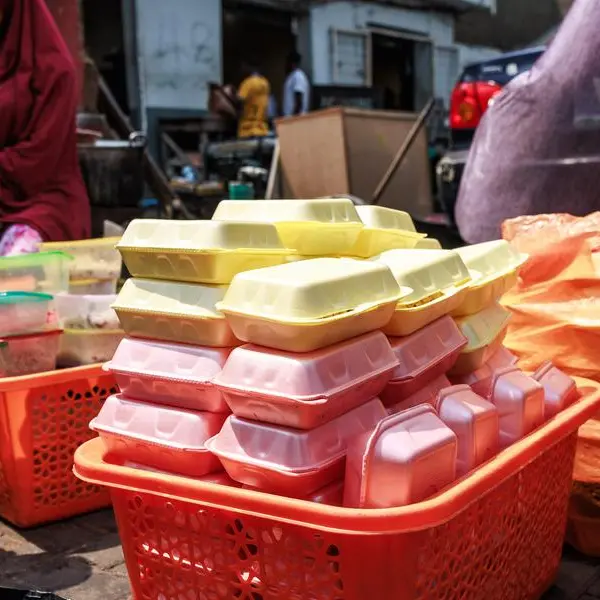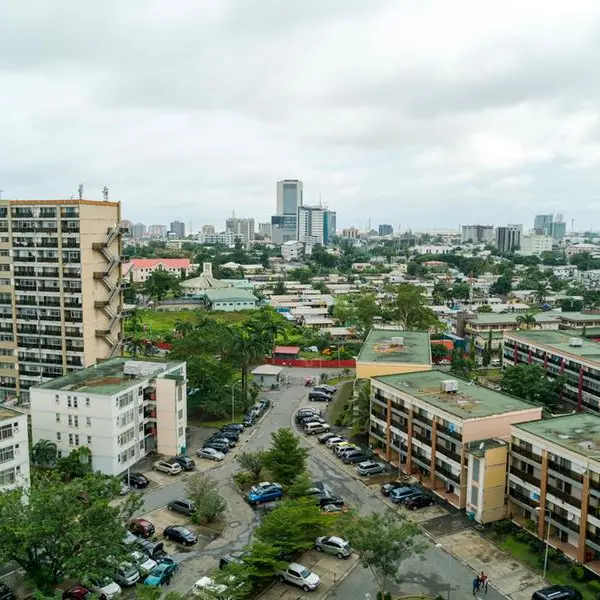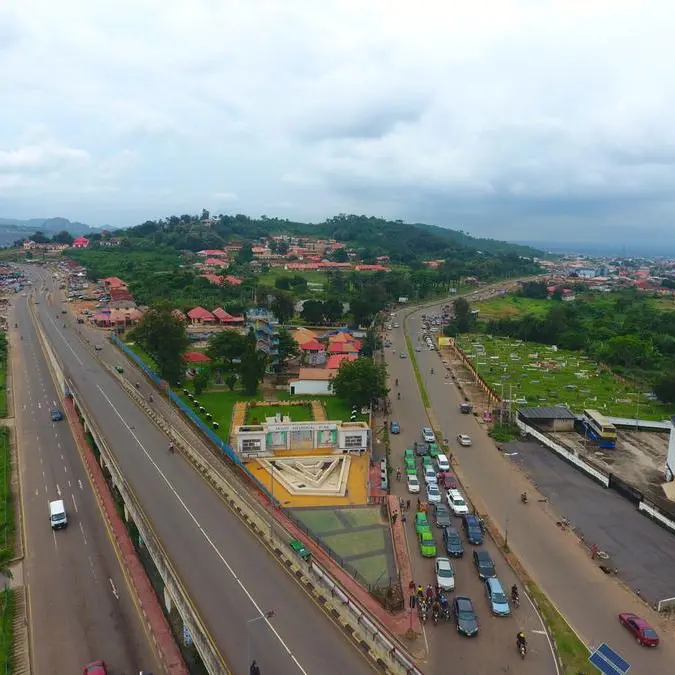Tanzania and the Democratic Republic of Congo are slowly overtaking Kenya as the largest consumers of Ugandan merchandise, a new trend likely to adjust the usual trade tiffs between East African Community partner states.
The two largest East African Community partner states, by land size, are consuming more Ugandan products on a country-specific level, according to data from the Private Sector Foundation of Uganda (PSFU).
The revelations were made during the Uganda edition of the East African Business Council (EABC)- CEOs-EAC Secretary General meeting on November 6.
Mr Humphrey Nzeyi, the Chairman of the Private Sector Foundation Uganda (PSFU), said this was due to the high inflation rate witnessed in Kenya and Rwanda, two other large trading partners of Uganda.“On a country-specific level, Uganda's largest source of merchandise import was Tanzania, accounting for 72.3 percent of all imports, while the DRC remained our largest destination for our imports,” said Nzeyi.
In September 2024, prices in Uganda, Kenya and Rwanda decreased, with Kenya's headline inflation at 3.6, and Rwanda's at 0.8. This was due to a decrease in the food and non-alcoholic beverages, kerosene and electricity prices, while Tanzania's inflation remained unchanged, the report says.
Uganda’s exports to EAC Partner States consisted of sugar, edible oil, maize, beans, eggs, fish, cement, iron and steel, beer, live animals, petroleum products, pharmaceuticals and household consumer products.
These products have also occasionally elicited trade tiffs, especially between Uganda and Kenya on one side, and Uganda and Tanzania on the other, a matter the East African Community secretariat has vowed to address by way of policy.
Figures from the Uganda Bureau of Statistics as at June 2024 indicate that Kenya remained the leading destination of Uganda’s exports among the EAC member states with revenues worth $ 74.5 million accounting for 10.4 percent of the total exports in June 2024.
This was a 7.1 percent decrease in the export earnings from Kenya after a 17.1 percent increase recorded in May 2024.
DRC was the second highest export destination country accounting for 8.6 percent of Uganda’s exports, though the earnings decreased by 2.3 percent in June 2024 compared to a 7.4 percent decrease registered in May 2024.
However, by October 2024, Tanzania, whose inflation remained unchanged during the same period, had increased its imports from Uganda threatening to dislodge Kenya from the top patch.
Mr Nzeyi, however, decried the low intra trade among the EAC partner states saying the region could do better if it eliminated NTBs.
“By September 2022, the EAC trade value was recorded at 10.17 billion, representing a 20 percent share of intra-trade to global trade. This is a great achievement,” said Nzeyi.“However, we can do more than this. Only 20 percent of the trade that we do amongst ourselves is what we do globally. And that's a very low number.”The intra-East African trade, accounting for imports and exports of the seven East African partner states, except Somalia, grew from 13 percent of their global trade in 2019 at a value of $7.1 billion to 15 percent of the value of their global trade in 2021 at $9.5 billion.“We have to grow the amount of trade that we do amongst our partner states. If you take the example of Uganda, during the month of August 2024, Uganda traded at a deficit of $133 million for the EAC partner states, compared to a $5.7 million surplus registered in July,” he explained.
The EABC acting chief executive officer Mr Adrian Njau challenged the partner states to increase intra trade saying there was still room for improvement.“As we convene today, it is essential to reflect on a key question; what steps must be taken as a region to increase EAC trade and what steps are being taken by Uganda and her counterparts?”The EABC trade and investment report shows that Uganda’s total exports to EAC Partner States increased to $2.2 billion in 2023, from $1.9 billion in 2022. Uganda total imports from the EAC partner states also increased to $2.23 billion in 2023 from $1.07 billion in 2022.“Despite the intra EAC trade, it remains low when you look at the share which is around 15 percent. Compare with other regional blocs like in Asia which is at 15 percent, Europe which is at 60 percent,” said Njau.“It is our belief that active participation of the private sector in the integration process will sustain the EAC as the fastest growing economic bloc.”
© Copyright 2022 Nation Media Group. All Rights Reserved. Provided by SyndiGate Media Inc. (Syndigate.info).
Luke Anami






















